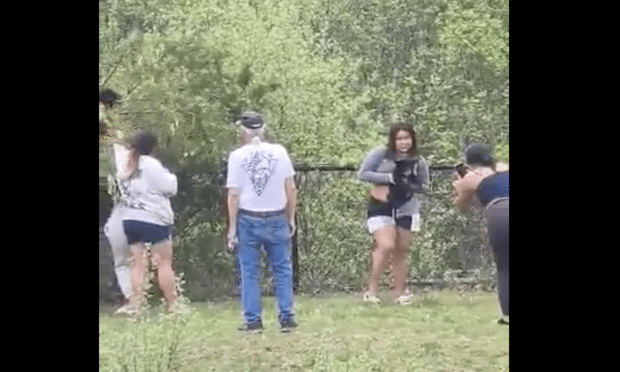by William Cocke
Driving east on I-64 into Charlottesville early one morning, I glimpsed what looked like a medium-sized dog dart across the highway. Straight and fast and focused, it shot across four lanes of traffic, up the right hand embankment and away. It took me a few seconds to register what I’d seen. This was no confused and starving wild dog-this was a full-grown, healthy coyote.
Since the turn of the century, coyotes been loping out of their historic range in the Plains states and moving far past their traditional eastern barrier-the Mississippi River. For the past 20 years, they’ve been filtering into the Southeast. At 35 to 50 pounds, these eastern coyotes run five to ten pounds heavier than their western counterparts, and those coming from the north may have interbred with wolves, making them a bit larger but not necessarily more aggressive.
These wiry, sandy-brown canids with slender noses, bushy tails, and upright, pointy ears, are one of nature’s success stories, especially in the face of increasing human development and the fragmenting of natural habitats. They succeed partly because of their native intelligence and partly because they, like us, are equal opportunity eaters. Grasshoppers, berries, rabbits, rodents, deer, calves, sheep, and carrion all are part of the coyote’s diet. The coyote’s adaptability has allowed it to fill in the ecological niche left by the mostly-exterminated wolf. They are also beginning to replace red foxes (another introduced species) in Eastern states. Whether they are killing foxes or simply displacing them is unclear. Coyotes have been known to hunt in small packs of eight or so, but they are mostly loners, pairing up briefly during mating season. Litters are relatively large-from four to six pups-and can vary according to population pressures.
This last trait may be one of the secrets of their success. Officially, in most states, coyotes are considered vermin and can be shot on sight at any time of the year. Not surprisingly, due to centuries of persecution, coyotes are wary and shy and notoriously hard to spot in the wild. But according to recent research, the more they are hunted and trapped, the more their population actually increases. That’s because females bear more young and do so more often when under pressure. When the pressure eases, the population returns to normal.
No one knows for sure, but there may be some three million coyotes in the United States and Canada, and populations in the Southeast seem to be increasing at a rate of nearly 30 percent per year. Whether this is good or bad depends on your tolerance for big, wild predators that seem to thrive on the edges of our territory. Farmers hate them because they take calves, lambs, and other livestock. Hunters seem convinced that coyotes prey on game animals to an inordinate degree. They do take fawns and diseased deer, but there’s no reason to believe they can take down healthy adult deer. Indeed, they may serve as one of the few natural checks to what most people would agree is an out-of-control deer population, and they also help keep rodent and feral animal populations under control.
As coyotes move into suburban and even urban spaces (one made the news recently by eluding officials for two days in Central Park) we may as well face it: coyotes are here to stay. So bring Fluffy inside at night, close the henhouse door, and open the windows. If you’re lucky you’ll hear the distinctive yip-yip-yip-howl that’s the coyotes’ call of the wild.
William Cocke is always turning over rocks and rotten logs to see what’s underneath.







